Table of Contents
I. Introduction: The Enduring Allure of Cactus Plants
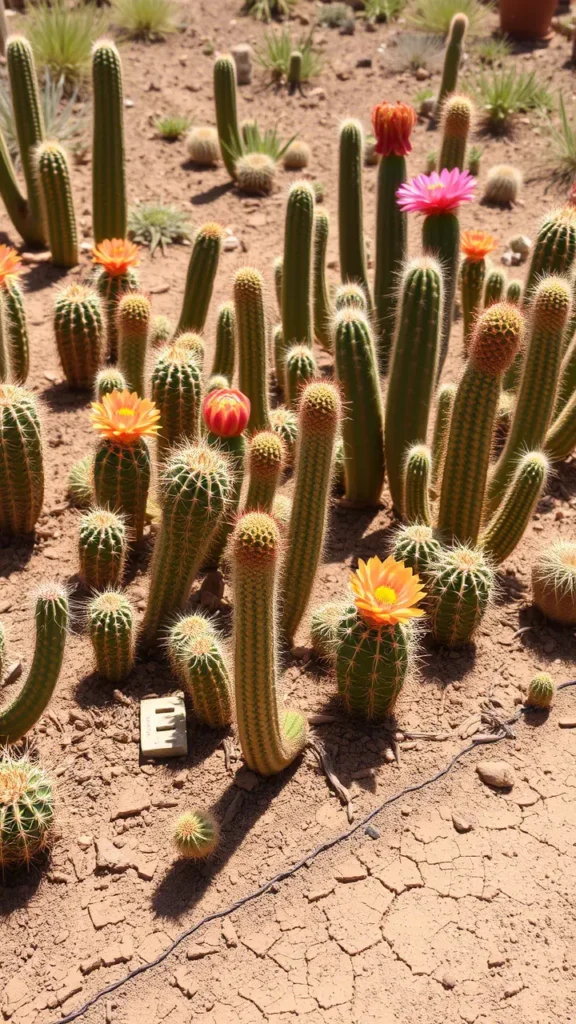

Picture this: a garden where every plant defies the odds, standing tall under a scorching sun with barely a drop of water. Cacti are nature’s rebels—beautiful, prickly survivors that turn barren landscapes into living art. Their sculpted shapes and vibrant blooms have captured hearts for centuries, from ancient civilizations to modern-day plant enthusiasts like me. Growing up, I thought cacti were just spiky curiosities—until I inherited my grandmother’s tiny Echinopsis, which bloomed unexpectedly one spring and sparked a lifelong fascination.
Cacti hold deep cultural significance, symbolizing resilience across continents, while their scientific quirks—like water-saving photosynthesis—fascinate researchers. In this article, we’ll explore creative cactus garden ideas by blending cultural appreciation, cutting-edge AI tools for modern care, practical tips, and mind-blowing science. Whether you’re dreaming of a desert-inspired corner or a single potted cactus on your windowsill, let’s dive into the world of these extraordinary plants.
II. A Tapestry of Culture: Cactus Gardens Around the World
Cacti aren’t just plants—they’re woven into the stories of the people who live alongside them. Their versatility and toughness have made them cultural icons, inspiring everything from food to art.
Cacti in Indigenous Cultures
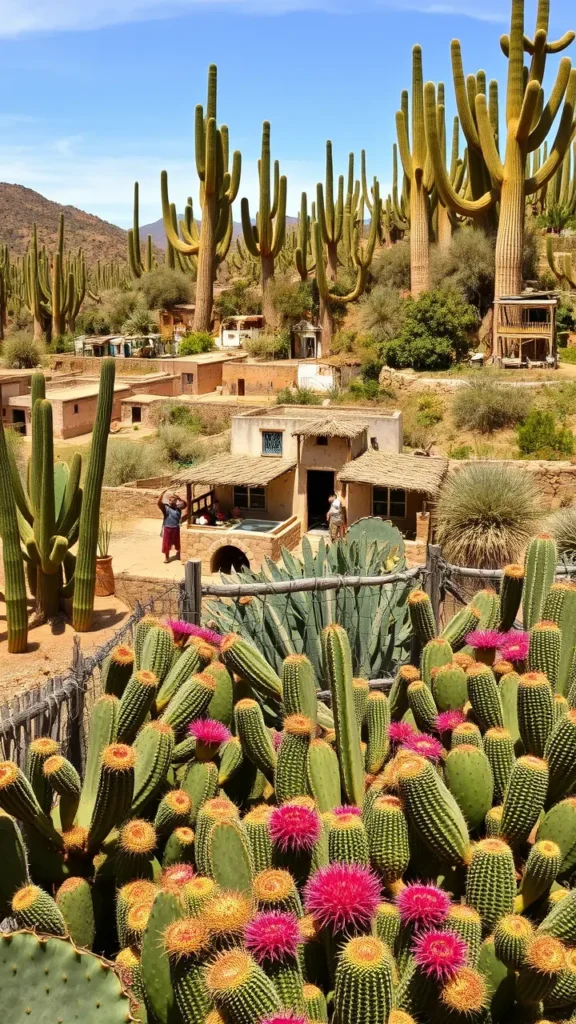

In Mexico and the American Southwest, cacti like the prickly pear (Opuntia) aren’t just scenery—they’re sustenance. Indigenous communities have long harvested their pads (nopales) for food and used their juice for medicine. Walking through a Mexican village years ago, I saw towering cacti forming natural fences around homes—practical, beautiful, and steeped in history. In Morocco and the Canary Islands, cacti mark boundaries and fuel traditions like cochineal dye production, a vibrant thread connecting past and present.
Cacti in Art and Architecture
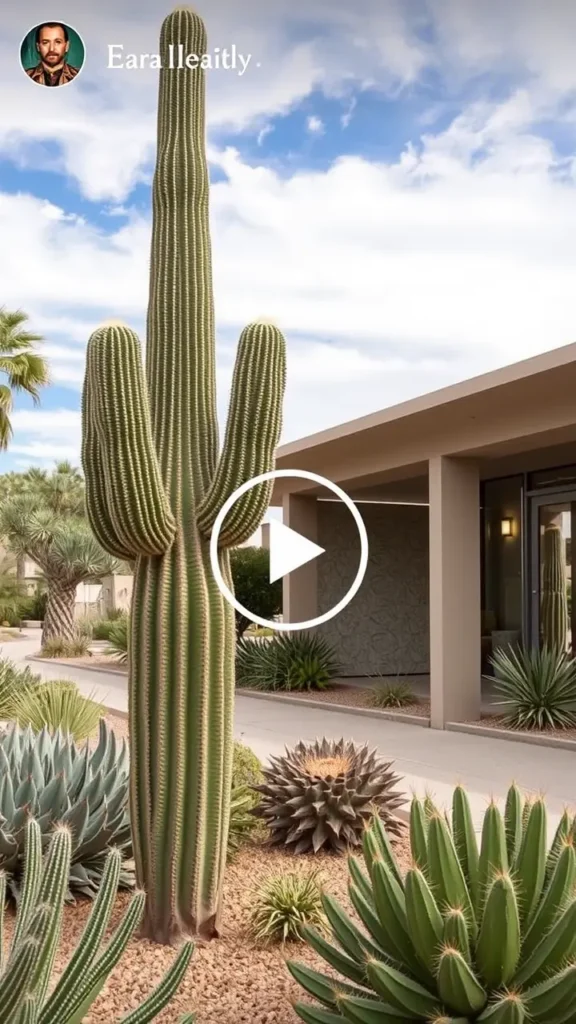

Cacti also inspire creativity. Moroccan cactus silk weaving turns their forms into intricate patterns, while modernist gardens—like those I’ve admired in California—use them as living sculptures. I once visited a desert botanical garden where a Saguaro stood like a sentinel beside a sleek pavilion. It was a perfect marriage of nature and design, proof that cacti can elevate any space.
Cacti as Symbols
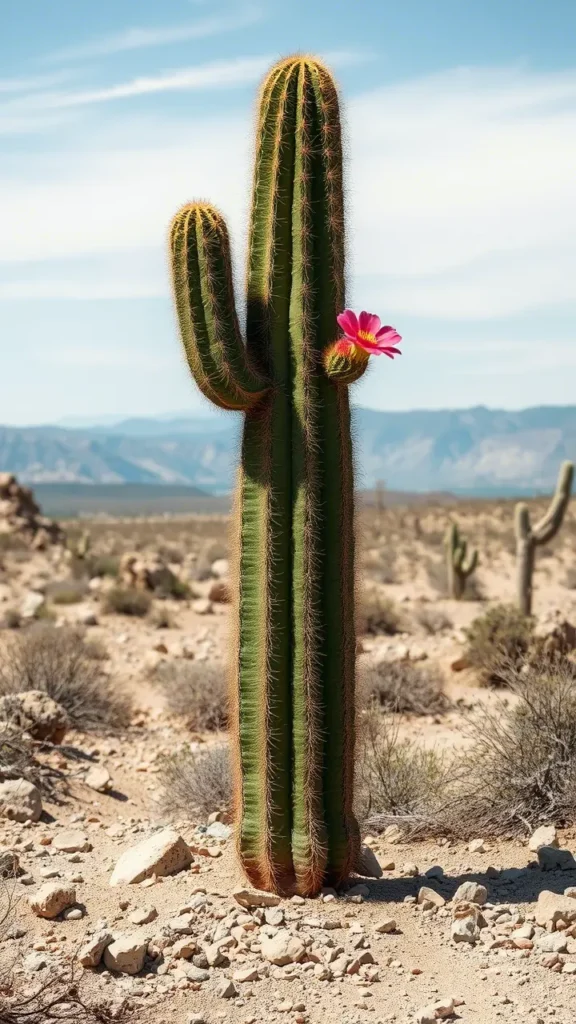

Across cultures, cacti embody endurance. To me, they’re a quiet reminder to keep going, even when life feels dry. In challenging environments, from the deserts of Arizona to the rocky hills of Morocco, they’ve taught people—and now me—how to thrive against the odds.
III. Harnessing AI for Smarter Cactus Gardens: Tools and Information in the Modern Era
I’ll admit it: I’ve killed my fair share of cacti. Overwatering was my nemesis until I discovered AI tools that turned me into a better gardener. Think of AI as your cactus whisperer—guiding you with tech-savvy precision.


AI-Powered Plant Identification
Apps like PlantNet and iNaturalist are game-changers. Last summer, I found a mystery cactus at a flea market. A quick photo upload revealed it was a Ferocactus, complete with care tips that saved it from my overzealous watering can. These apps make identifying and understanding your cacti a breeze.
Smart Watering Systems and Soil Monitoring
Smart sensors have been my salvation. After losing a Mammillaria to soggy soil, I got a device that tracks moisture and pings my phone when it’s time to water. It’s like having a cactus nanny, ensuring I stick to the “soak and dry” method cacti love. These tools also monitor temperature and humidity—key for desert dwellers.
AI for Pest and Disease Detection
Pests? AI’s got your back. When my Opuntia developed odd spots, the Plantix app diagnosed a fungal issue in seconds. Early detection meant I could treat it before it spread, sparing me another plant funeral.
AI-Enhanced Information Resources
Platforms like Greg offer tailored advice based on your plants and local climate. But here’s a tip: stick to reputable sources—like those tied to botanical gardens or universities—to avoid AI-generated nonsense. Cross-checking with traditional wisdom keeps it real.
IV. Unveiling the Science: Fascinating Facts Beyond the Spines
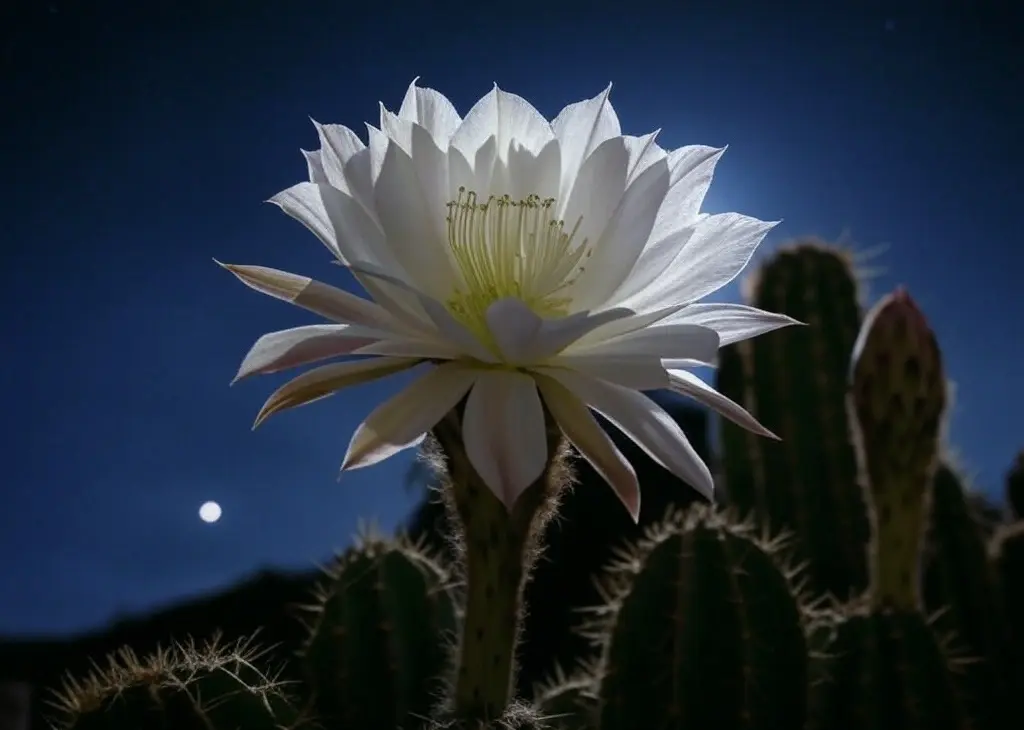

Cacti aren’t just tough—they’re scientific wonders. Understanding their secrets makes caring for them even more rewarding.
CAM Photosynthesis: The Water-Saving Marvel
Cacti use Crassulacean Acid Metabolism (CAM), opening their stomata at night to conserve water while breathing. It’s like they’ve mastered the art of sipping instead of gulping. A study in the Journal of Experimental Botany dives into how this adaptation keeps them thriving in deserts.
The Multifaceted Spines
Spines do more than prick. They shade the plant, collect dew, and even help spread seeds. Research from the American Journal of Botany shows how spine shapes vary by species, each one a survival tool honed by evolution.
Mycorrhizal Networks and Symbiotic Relationships
Under the soil, cacti team up with mycorrhizal fungi to grab nutrients and water. It’s an underground network—nature’s Wi-Fi—boosting their resilience. The University of Arizona has explored how vital these partnerships are in arid regions.
Unique Chemical Compounds
Cacti are chemical goldmines. Studies, like one from the Journal of Ethnopharmacology, highlight compounds with antioxidant potential or even biofuel applications. Who knew my little cactus could be so cutting-edge?
V. Crafting Your Own Creative Cactus Garden: A Practical Guide
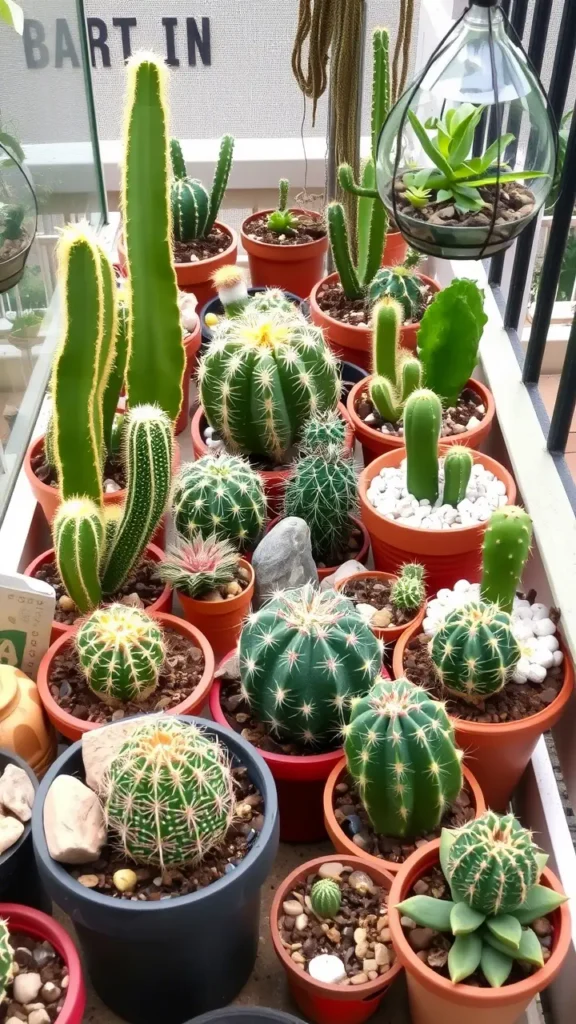

Ready to start your own cactus garden? Here’s how I turned my balcony into a mini desert oasis—and how you can too.
Step 1: Choosing Your Cacti Wisely
Pick cacti that match your space and vibe. Beginners can’t go wrong with a Mammillaria—it’s tough and forgiving. Want flowers? Try a Schlumbergera. For my tiny apartment, I chose a mix of small Echeveria and a towering Cereus for drama.
Step 2: The Right Foundation: Soil and Drainage
Well-draining soil is non-negotiable. After drowning my first cactus, I now swear by a DIY mix: 50% potting soil, 25% perlite, 25% sand. Containers need drainage holes—add gravel at the bottom for good measure.
Step 3: Sunlight, Watering, and Feeding
Most cacti crave full sun, though some, like Haworthia, prefer shade. Water with the “soak and dry” method: drench the soil, then wait until it’s bone-dry. I feed mine twice a year with cactus fertilizer—spring and summer only.
Step 4: Creative Design Ideas
- Container Gardens: Mix shapes and sizes in a pot with rocks for flair. My balcony pot has a Saguaro lookalike surrounded by pebbles—it’s my pride and joy.
- Rock Gardens: Pair cacti with succulents and stones for a xeriscaped vibe.
- Indoor Displays: Terrariums or hanging planters work if light’s right. Avoid stuffy corners!
- Cultural Touches: I use Mexican pottery to nod to cactus heritage—small details make it personal.
Step 5: Maintenance and Propagation
Weed, watch for pests (mealybugs are sneaky), and repot every few years. Propagation’s a thrill—snip an Opuntia pad, let it callous, and plant it. I’ve gifted baby cacti to friends this way.
VI. Conclusion: Cultivating Resilience and Beauty
Cactus gardens blend culture, science, and practicality into something truly special. They’ve taught me patience—waiting for that rare bloom—and resilience, mirroring their own grit. With AI tools, ancient traditions, and a bit of know-how, you can create a space that’s both stunning and meaningful.
So, grab a pot, pick a cactus, and start your journey. As my grandmother used to say, “Even the prickliest things can bloom with a little love.” Here’s to cultivating beauty—and a little toughness—wherever you are come join us on Facebook community .
For additional inspiration, check out these related articles:

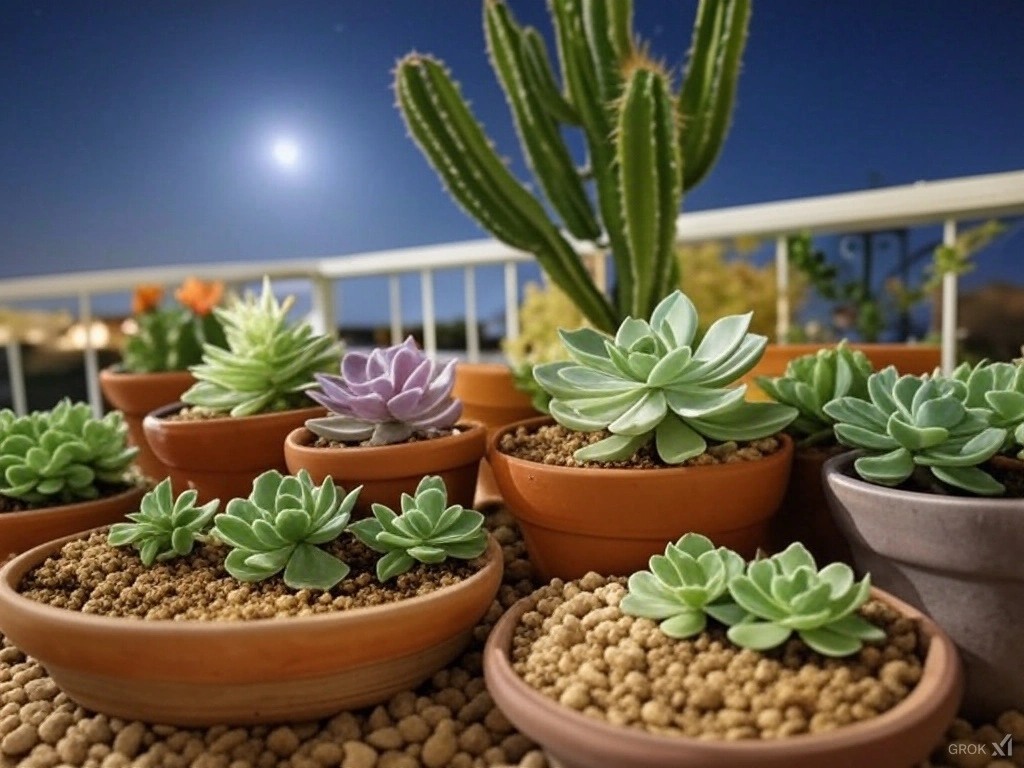
There are some fascinating closing dates on this article but I don’t know if I see all of them heart to heart. There’s some validity however I’ll take hold opinion until I look into it further. Good article , thanks and we would like more! Added to FeedBurner as properly